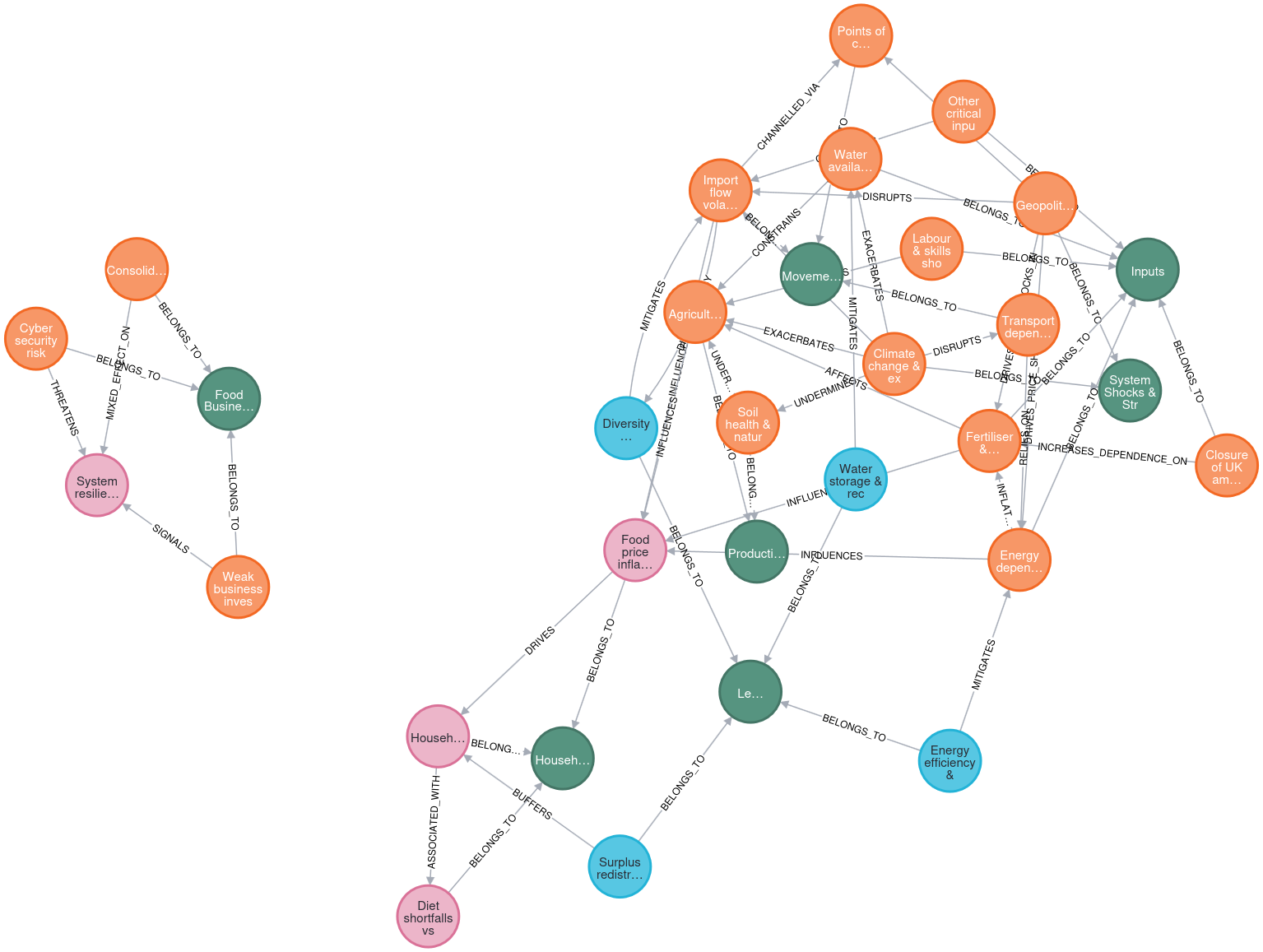Category: Networks
-

Using AI for systemic risks in food systems
I have long had an interest in systemic risks and failure. How a system can come apart and fail is at last as interesting as how they work, and applying complex systems methods to understand how systems are vulnerable to failure is something I would like to spend more time on. With that in mind…
-

Supply Chains Need Protection from Covid-19
Covid-19 coronavirus is bound to have significant impact on global supply chains as it impacts all sectors of the economy. See graphs from the Spectator for illustration. It is also somewhat unprecedented as it in many area both supply and demand are impacted. Both our ability to consume and produce has in many areas been…
-
Total Systemic Failure?
My new paper, “Total Systemic Failure?”, is out (this link should get you a free copy for a limited time). I wanted to write something that was more a big picture look at how the world is working. Or perhaps how it isn’t working. I think there is a problem that the world is stuck…
-
Updated Daniel Morgan Network
I have processed more of the Daniel Morgan data, and thus have an updated network of the data. Below is a visualisation of the data produced by extracting the network structure from Neo4J using R and iGraph, then saving the network as a gexf file and importing into Gephi. The network is more complete but…
-
What do you do with the Panama Data?
The released Panama data comes in the form of a Neo4J database, or the files that you can make one with, seems to me a little tricky to do much with. There is no detail beyond attributes of the different entities, so that limits us to looking at the relationships alone and it is hard…
-
Daniel Morgan Murder
After listening to the Daniel Morgan podcast, Untold, I became really interested in the murder investigation. To help me follow it I started building a network of all the key people, organisations, and events in the case. The networks this produces can be seen here,and you can keep up-to-date with the progress on the network…